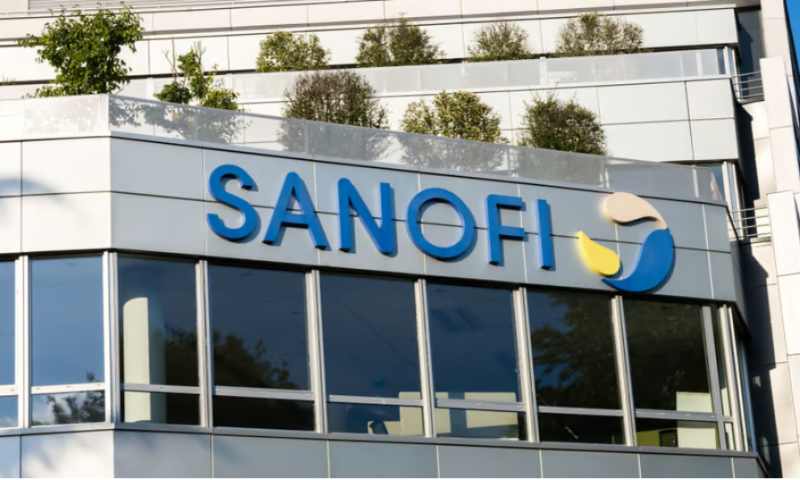As an FDA approval decision looms, Sanofi has unveiled more data from a phase 3 trial of its potential hemophilia A rival to Roche’s blockbuster Hemlibra.
The French pharma first posted topline data from the trial last March, showing that efanesoctocog alfa hit the primary endpoints of inducing a low annualized bleed rate (ABR). Now, a deeper dive shows that once weekly dosing of the factor VIII (FVIII) therapy delivered normal to near-normal factor activity levels of more than 40% over the majority of the week.
The XTEND-1 study enrolled 159 people with severe hemophilia A aged 12 years and up. Participants, who had previously had FVIII replacement therapy, either took a weekly prophylactic dose of efanesoctocog alfa for 52 weeks or received doses as needed for 26 weeks followed by weekly prophylaxis for another 26 weeks.
The expanded results, published in the New England Journal of Medicine, showed a “statistically significant and clinically meaningful reduction” in ABR of 77% when compared to prior factor VIII prophylaxis, Sanofi said. Almost all—97%—of bleeding episodes were resolved with a single 50 IU/kg injection of efanesoctocog alfa, while the therapy provided mean factor activity of greater than 40 IU/dL for the majority of the week and was still at 15 IU/dL by day 7.
To round it off, efanesoctocog alfa was well-tolerated and inhibitor development to FVIII was not detected, Sanofi concluded.
Trial investigator Angela Weyand, M.D., suggested that the data mean efanesoctocog alfa could bypass the “trade-offs between bleed protection and dosing frequency” that hemophilia patients often have to make.
“Based on the XTEND-1 study results, we have the opportunity to provide near normal factor activity levels for an extended period of time (the majority of a week) with a single dose, which is a first for hemophilia A,” Weyand said in the release. “The data show that efanesoctocog alfa can offer patients increased bleed protection, leading to improved outcomes, such as reduced pain and improved physical functioning, that may impact daily life with a reduced treatment burden.”
Efanesoctocog alfa, also known as BIVV001, is designed to address the limitations of current hemophilia treatments. Existing FVIII treatments require patients to undergo multiple intravenous infusions a week. Those infusions provide high protection, enabling patients to be more active, but still leave them at risk when FVIII levels are at their trough level or if they miss an infusion. In contrast, Roche’s Hemlibra is given less frequently, but many patients still suffer acute bleeds that require additional factor therapy.
The latest readout is well timed by Sanofi. Having already secured priority review status from the FDA, the agency is expected to make a decision on whether to approve efanesoctocog alfa on Feb. 28. The race to market is personal for the French drugmaker, which has seen Hemlibra eat into sales of its existing long-acting FVIII therapy for hemophilia A.
Sanofi is holding off a regulatory submission in the EU until the second half of 2023, when it will have will data from the ongoing XTEND-Kids pediatric study, which is expected to read out in the coming months. Sanofi, which acquired efanesoctocog alfa in its buyout of Bioverativ, will share commercialization with Sobi, which has rights in Europe, North Africa, Russia and most Middle Eastern markets.

